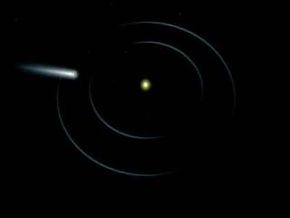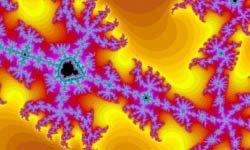We like to name things after ourselves. After all, if we discovered it, why not? Halley's comet. Charcot-Marie-Tooth disease. The Doppler effect. These are all examples of eponymous discoveries (and three we'll be talking about later), which means each is a discovery named after its discoverer. You come across this type of naming frequently, often in medical discoveries (diseases and organs named after the first to describe what they have found), in mathematics, in physics and in other sciences.
There's a funny thing about how discoveries are named, though. Sometimes, discoveries are named in honor of a person who wasn't the actual discoverer. And there's even a law about that. Stigler's Law of eponymy states that no scientific discovery is named after its actual discoverer (dig a little deeper into the law and you'll also find the law suggests that if a discovery is named for its discoverer, that's not likely to happen during their lifetime) [source: Stigler]. It's part tongue-in-cheek and part actual observation, but maybe Stigler's onto something -- we're certainly not shy about naming discoveries after people, whether they had anything to do with said finding or not. Take, for example, a marshland bunny native to the American southeast named for Hugh Hefner. And then there's a rare horse fly with an ample gold derriere named for Beyoncé. Neither Hefner nor Beyoncé logged any field work.
Advertisement
Our list of 10 includes some eponymous discoveries named for actual discoverers, and some given honorary names. Think you can guess which ones are which? Let's kick this list off with a discovery named for its actual discoverer: the Heisenberg uncertainty principle.



